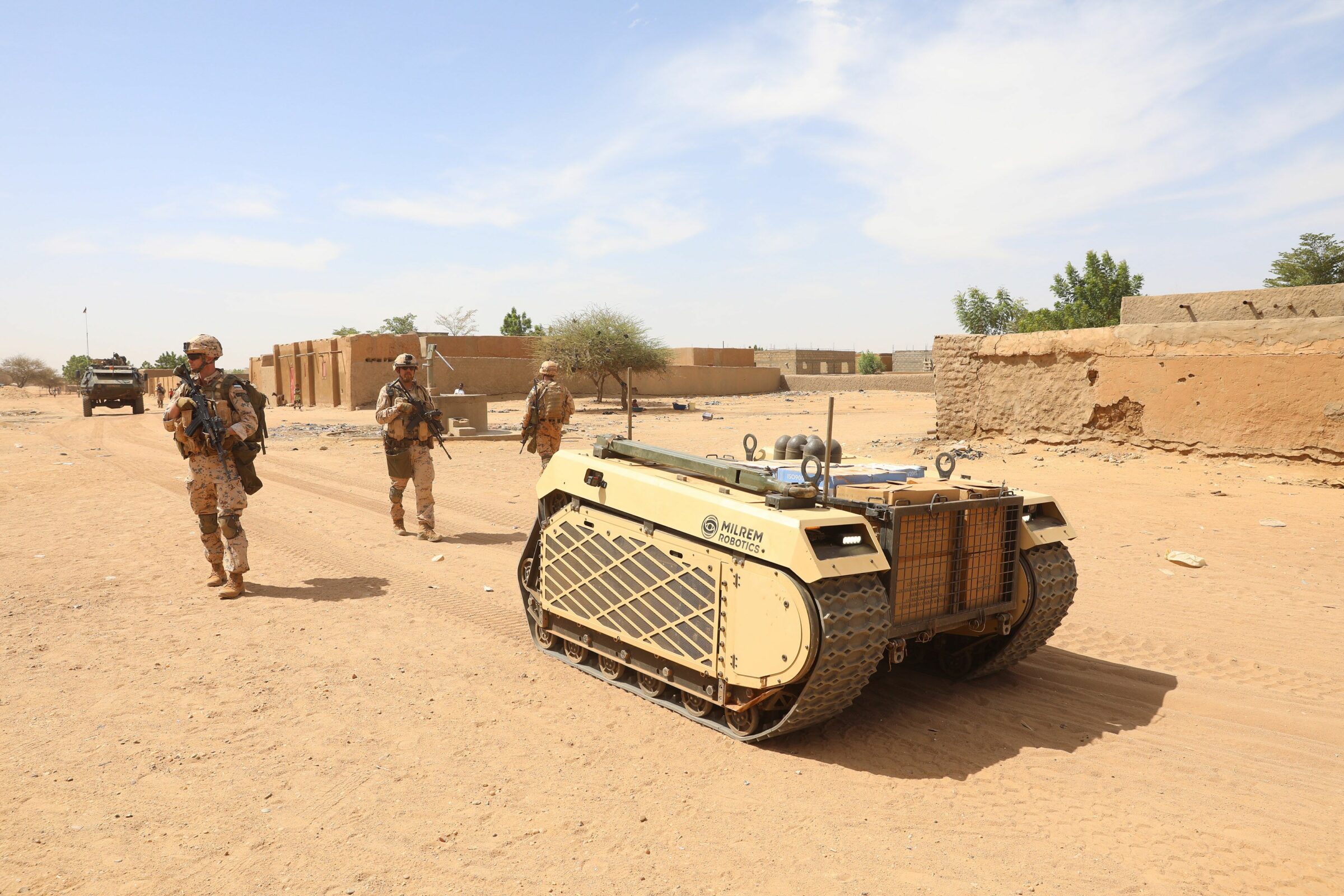Estonia and Milrem Robotics have signed a €32.6M grant agreement for the Integrated Modular Unmanned Ground System (iMUGS). Europe is expected to need thousands of Unmanned Ground Systems (UGS) during the next 10-15 years, growing the value of the market into billions of Euros. With seven participating nations and key industrial players, the UGS developed during iMUGS is expected to become the preferred European solution for integrating into armed units.
The requirements for the standardized UGS have been set by seven EU member states:
- Estonia, the leader of the project
- Belgium
- Finland
- France
- Germany
- Latvia
- Spain
The named countries are collectively financing €2M of the overall budget.
iMUGS Future
During iMUGS, a modular and scalable architecture for hybrid manned-unmanned systems will be developed to standardise a European wide ecosystem for aerial and ground platforms, command, control and communication equipment, sensors, payloads, and algorithms. Addressed operational challenges include enhanced interoperability, increased situational awareness and faster decision-making. The system will utilise an existing UGS, the Milrem Robotics THeMIS and a specific list of payloads.
The outcome of the project will be demonstrated in operational environments and relevant climatic conditions as part of participating member states military exercises or at separate testing events. The first demonstration is planned already for the second quarter of 2021 and will be held in Estonia.
During the project operational know-how will be gathered and concepts for the combined engagement of manned and unmanned assets developed, while considering the ethical aspects applicable to robotics, artificial intelligence, and autonomous systems. State-of-the-art virtual and constructive simulation environments for specific mission will also be set up. The system to be developed will be under meaningful human control.
iMUGS is a cooperation between 13 parties:
- Milrem Robotics (project coordinator)
- GT Cyber Technologies
- Safran Electronics & Defense
- NEXTER Systems
- Krauss-Maffei Wegmann
- Diehl Defence
- Bittium
- Insta DefSec (Un)Manned
- dotOcean
- Latvijas Mobilais Telefons
- GMV Aerospace and Defence
- The Royal Military Academy of Belgium.
Background
The objectives of the EDIDP programme are to contribute to the strategic autonomy of the European Union and to strengthen the cooperation between Member States. The priorities include enabling high-end operations of military forces with special focus on intelligence and secured communications and cyber.
Jack Richardson













